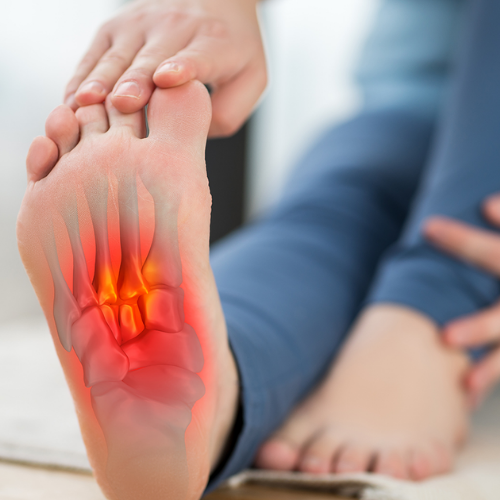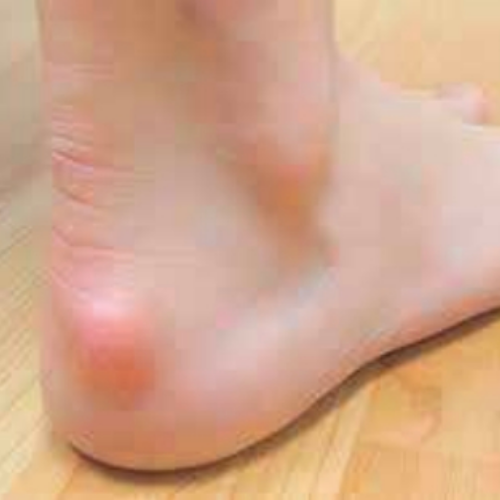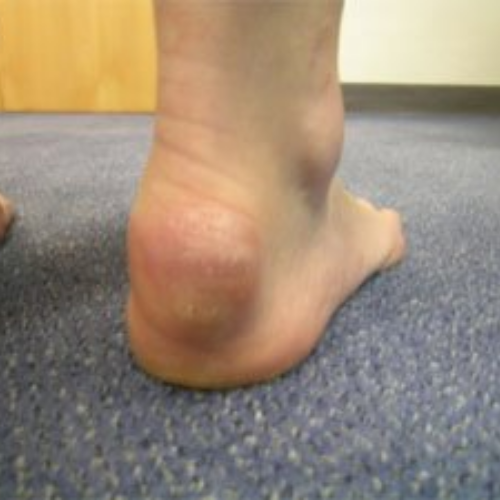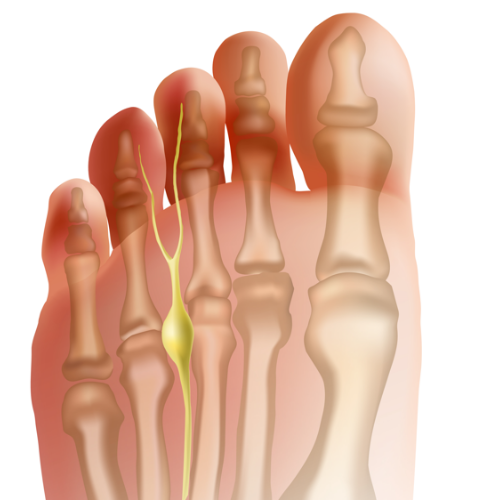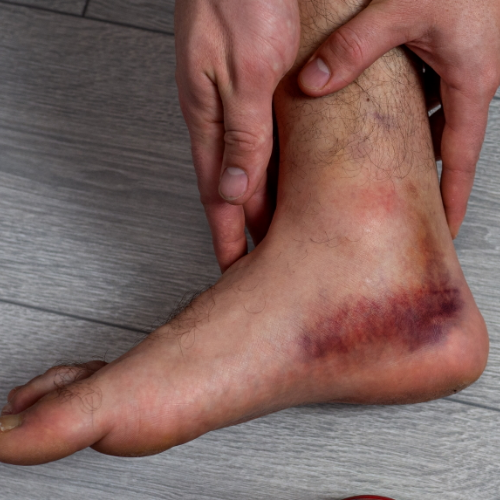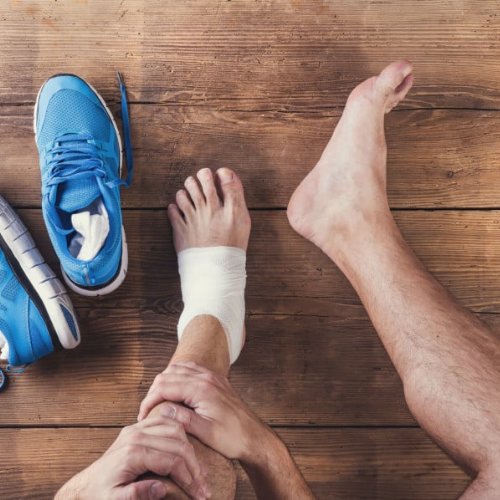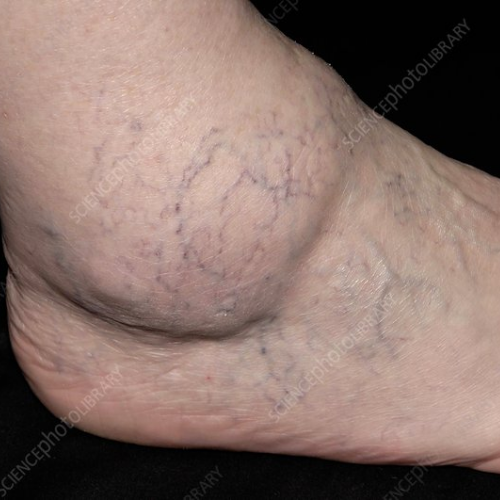Working Time
Book Appointment
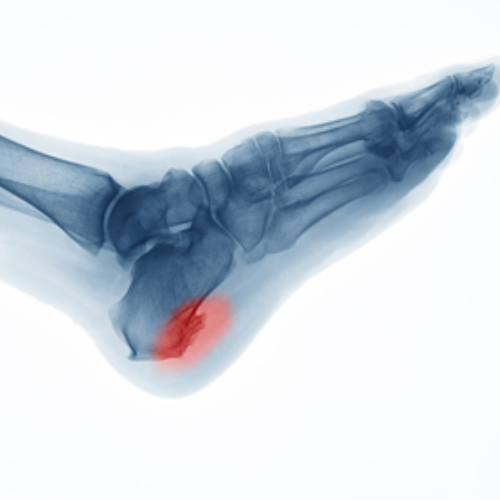
Achilles tendonitis is a condition characterised by inflammation of the Achilles tendon, the large tendon that connects the calf muscles to the heel bone. This condition often results from overuse, excessive strain, or repetitive stress on the tendon, leading to pain, swelling, and stiffness in the affected area. Achilles tendonitis is common among athletes involved in activities that require repetitive jumping or running.
Common Causes of Achilles Tendonitis:
Overuse and Repetitive Stress: Engaging in activities that involve repetitive movements of the foot and ankle, such as running, jumping, or sudden increases in training intensity, can lead to overuse and strain on the Achilles tendon.
Improper Footwear: Wearing shoes that lack proper support or do not fit well may contribute to the development of Achilles tendonitis.
Tight or Weak Calf Muscles: Poor flexibility or strength imbalances in the calf muscles can increase stress on the Achilles tendon, making it more prone to inflammation.
Sudden Changes in Physical Activity: Rapidly increasing the duration or intensity of physical activities, especially without proper warm-up or conditioning, can strain the Achilles tendon.
Age and Biomechanical Factors: Aging can contribute to a natural degeneration of the tendon, and biomechanical issues such as flat feet or high arches may increase the risk of Achilles tendonitis.
Common Treatments for Achilles Tendonitis that Dr. Tushar Can Recommend:
Rest and Activity Modification: Dr. Tushar may advise temporary rest from activities that exacerbate symptoms and recommend modifications to the exercise routine to reduce stress on the Achilles tendon.
Physical Therapy: Targeted exercises to strengthen the calf muscles, improve flexibility, and address any biomechanical issues can be prescribed by Dr. Tushar to aid in recovery.
Orthotic Devices: Custom orthotic inserts or supportive footwear may be recommended to provide better arch support and Dr. Tushar's clinic strain on the Achilles tendon.
Icing and Anti-Inflammatory Medications: Application of ice and the use of nonsteroidal anti-inflammatory drugs (NSAIDs) can help manage pain and reduce inflammation. Dr. Tushar can provide guidance on their appropriate use.
Gradual Return to Activity: Dr. Tushar may guide a gradual return to normal activities and sports, ensuring that the patient does not resume intense training too quickly to prevent re-injury.
High-Volume Injection (HVI):
HVI involves injecting a large volume of fluid (usually a mixture of local anaesthetic and saline) into the space around the Achilles tendon. The goal of HVI is to mechanically disrupt and break down adhesions, scar tissue, and neovessels within the tendon, promoting tissue healing and reducing pain. HVI is typically performed under ultrasound guidance to ensure accurate placement of the injection around the affected tendon.
Platelet-Rich Plasma (PRP) Therapy:
PRP therapy involves injecting a concentrated solution of platelets and growth factors derived from the patient's own blood into the affected area of the Achilles tendon. The growth factors in PRP stimulate tissue repair and regeneration, reduce inflammation, and promote healing of the damaged tendon, aiming to improve tendon function and alleviate pain.
Individual cases may vary, and it's essential to consult with a healthcare professional like Dr. Tushar for a personalised assessment and treatment plan if experiencing symptoms of Achilles tendonitis.

